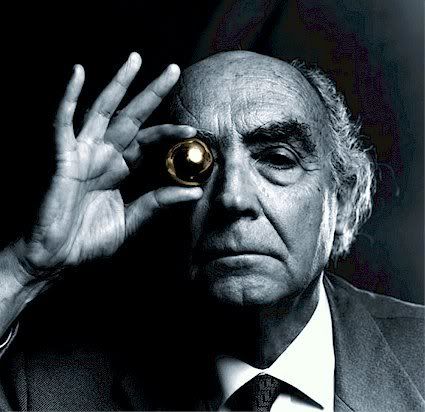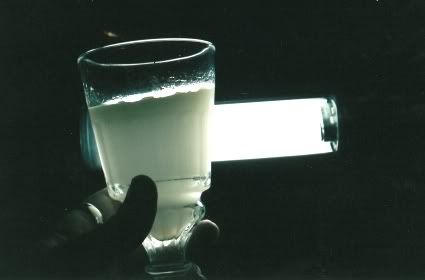
It's about time the film version of Blindness, José Saramago's landmark 1995 novel, is finally seeing the light of day. After so many people tried unsuccessfully to attain the rights from Saramago over the years, the pursuit of many has now culminated in the vision of Brazilian director, Fernando Meirelles. I can only speculate that Saramago, now 85, with his eminent departure breathing down his neck, deemed the relinquishing of film rights as the last shot at mass dissemination of his cautionary message. After all, what other purpose does a writer of parables have for themselves than to warn humanity? Or perhaps he just wanted a bit more money to spend on his final days. As a self-described Communist, I doubt that would be the case.
Whatever the circumstance, I have some serious reservations about what the public’s reaction to the film may be. It would be an easy, yet gross mistake seeing this movie as just another apocalyptic film. The metaphorical essence gets lost so easily with moving pictures, that it is near impossible to create any philosophical element that is accessible to the general viewer.
It’s a common thing to examine the film independent of the source, especially when most people have no idea who José Saramago is, but it would be an absolute sin to exclude his name in any sort of analysis of this movie. He is one of the greatest living writers and one of my all time favorites, deserving much more than the Nobel Prize he received in 1998. His works are an absolute toil to get through, no matter which language you try to read them in, but in the end, are worth every painstaking page. His style is sadistically obtuse – long run-on sentences without punctuation, page-long paragraphs, elaborate lists, and whimsical tangents, have made Saramago a product for elitist intellectuals. The movie will no doubt change this, bringing his work to the masses, albeit a few degrees of interpretation removed from the original intent. My advice, read the book. And while you’re at it, read his follow up On Seeing; it’s actually quite fitting for the times.
Blindness is scheduled for

